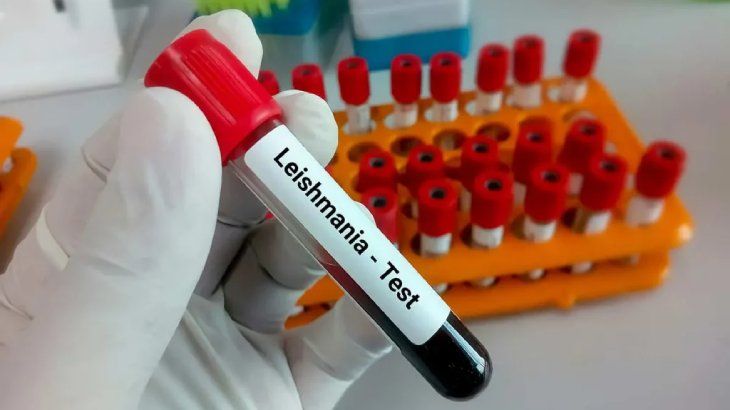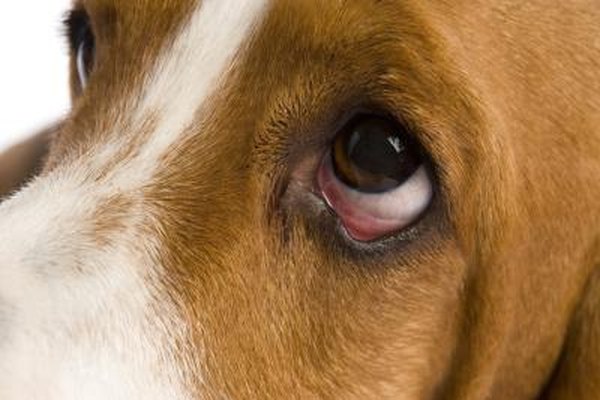Leishmaniasis in dogs
What it is, what its symptoms are, and how to prevent it
Canine leishmaniasis is an infectious disease caused by the protozoan parasite Leishmania infantum, which is mainly transmitted by the bite of the sand fly and by the dog’s response to this parasitic infection.
It can affect any breed, although it is more common in large and young dogs. The progression of the disease depends on the animal’s immune system.
Leishmaniasis can present in many different ways depending on the dog’s health and the progression of the disease. Some dogs show obvious symptoms, while others may be infected without showing any clinical signs for a long time.
Initial symptoms (most common)
⚪️ Skin problems: wounds that do not heal, ulcers, areas of hair loss (especially on the ears and around the eyes).
⚪️ Muscle atrophy and loss of body mass.
⚪️ Tiredness or apathy, with loss of interest in playing or going for walks.
⚪️ Intermittent fever.
⚪️ Lameness without apparent cause.
⚪️ Watery eyes, swollen eyelids or excessive eye discharge.
More advanced or specific symptoms:
⚪️ Onychogryphosis: excessive and abnormal nail growth.
⚪️ Swollen lymph nodes.
⚪️ Localised alopecia, especially in sensitive areas.
⚪️ Progressive weight loss, even though the dog maintains its appetite.
⚪️ Nosebleeds.
⚪️ Kidney and liver disorders (in advanced stages), which can lead to organ failure and, if not treated in time, to the death of the animal.



Prevention of canine leishmaniasis
Prevention is essential, especially in areas where the mosquito that transmits the disease is common (warm and humid areas, spring and summer).
1. Use repellents.
Such as anti-parasite collars, pipettes or sprays with a repellent effect against sand flies. They must be applied regularly and correctly according to the product. They are also essential during periods of increased risk and in endemic areas.
2. Vaccination.
It can be administered from six months of age. It does not prevent infection, but it does help to reduce the severity of the disease if it occurs. It should be noted that it is only administered if the dog tests negative in a prior serological test. And it must be used in conjunction with repellents.
3. Strengthening the immune system.
With drugs such as Domperidone (Leishguard), which strengthen the immune response. This increases the body’s ability to fight the parasite. It can also be used as a complement to other preventive measures.
4. Veterinary check-ups and regular tests.
Blood tests should be performed every six months, especially if the dog lives in or travels to risk areas. Detecting the disease early improves the prognosis and facilitates effective treatment.
📌Canine leishmaniasis is a serious disease, but with proper prevention, early diagnosis and correct treatment, many dogs can live a long and quality life. Protecting your pet is in your hands.

